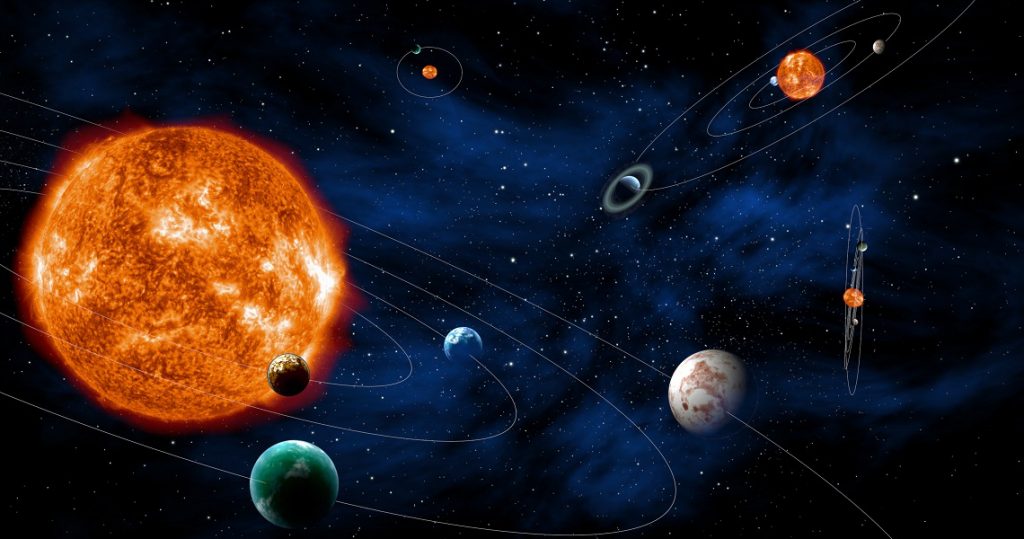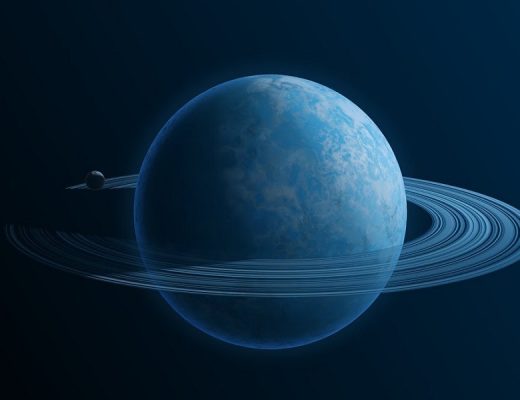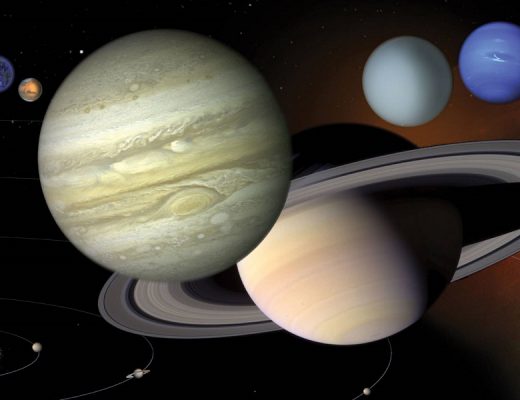Astronomy can be defined as the study of heavenly bodies like the sun, stars, moon, comets, planets, galaxies, gas, dust, so on. Astronomy also involves tracing the movement of celestial bodies as well as celestial events. Although astronomy and astrology are often associated together, astrology is not an exact science like astronomy. In fact, astronomy is believed to be closely associated with astrophysics. Astrophysics can be defined as the study of the physics behind astronomy and focuses on the properties, behavior as well as the motion of the objects out in space. In fact, modern astronomy is believed to include different elements of the characteristics and motion of the celestial bodies.
According to the experts in the astronomy field, modern astronomers can be categorized into different groups, namely theoretical astronomers and observational astronomers. Observational astronomers more or less concentrate on the study of planets, stars, galaxies, and so on, whereas theoretical astronomers analyze and model how the systems have evolved over time. However, it is interesting to note that unlike other sciences, theoretical astronomers are not able to directly observe the birth and death of different celestial systems. They have to rely on snapshots of different celestial bodies in the different stages of evolution and decide how they were formed, evolved and eventually died. In fact, the line between a theoretical astronomer and an observational astronomer is quite blurred in reality.
Astronomy is further broken down into different subfields to allow scientists to specialize in different phenomena and objects. Planetary astronomers or planetary scientists concentrate on the growth, evolution and the death of different planets. Although some of the planetary astronomers study the worlds inside our solar system, some of the astronomers use the body of evidence gathered from these planets to hypothesize about other stars and celestial bodies. Interestingly, stellar scientists are more focused on stars, black holes, white dwarfs, nebulae and supernova. In fact, this subsect of astronomy is more concerned with the physical and chemical processes that take place in the universe.
Solar astronomers concentrate on the mighty sun in our solar system. By understanding the different changes in the sun, the scientists can help understand how it affects the earth as well. The study of the sun is also useful in trying to understand more about other stars in the universe. After all, the sun is the closest star to the planet at the moment. Galactic astronomers are more concerned with the study of our galaxy, better known as the Milky Way. They work on establishing different patterns in the composition, distributions as well as physical conditions of the stars, including traces of different gases which helps understand how the galaxy evolved over time. Cosmologists concentrate on the whole universe. They focus on its beginning to its current state, and finally to the eventual death of the universe. This subset of astronomy focuses more on large scale properties of the universe and is most times theoretical. At the end of the day, each subsect of astronomy is important in studying and understanding the whole picture.




